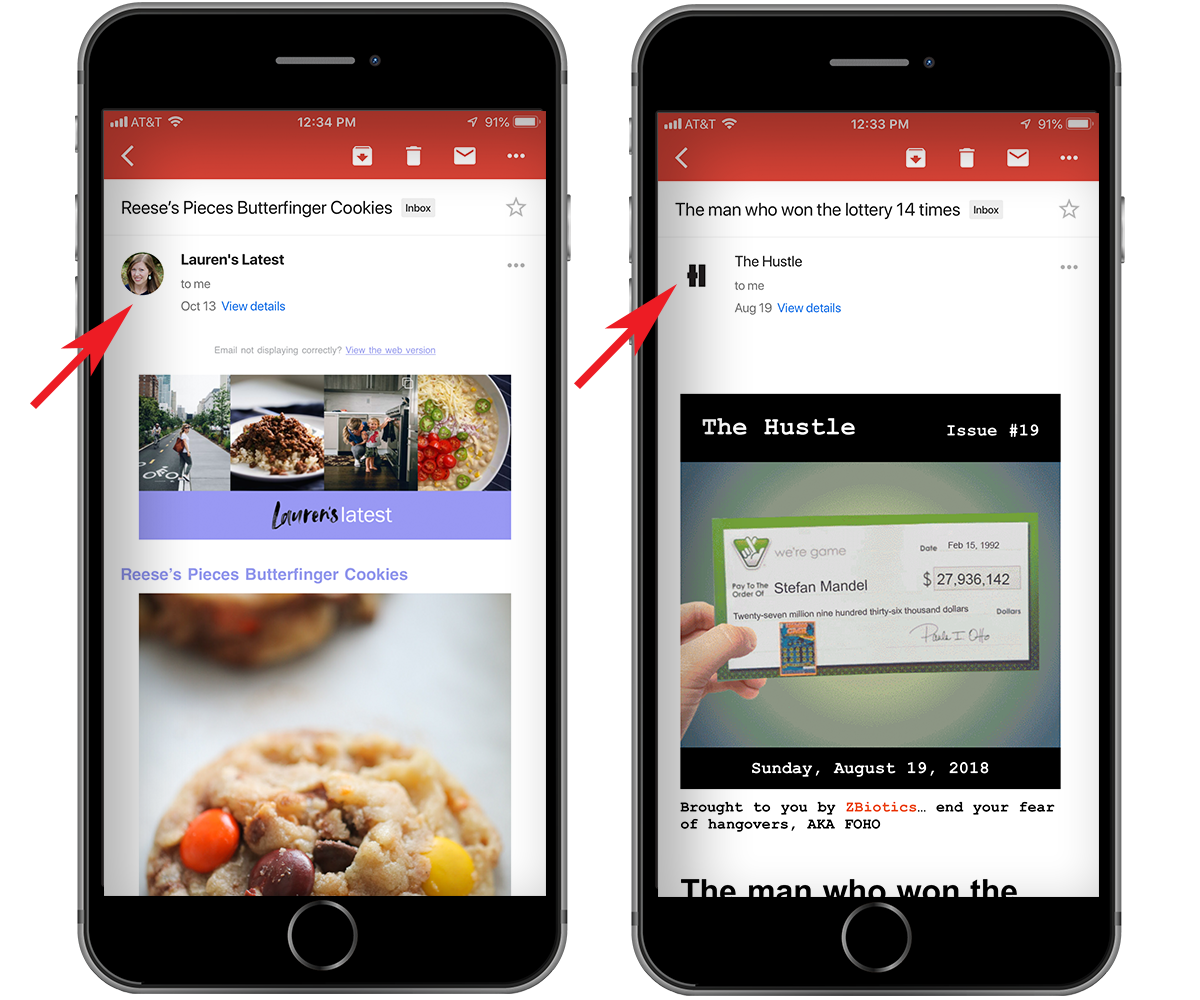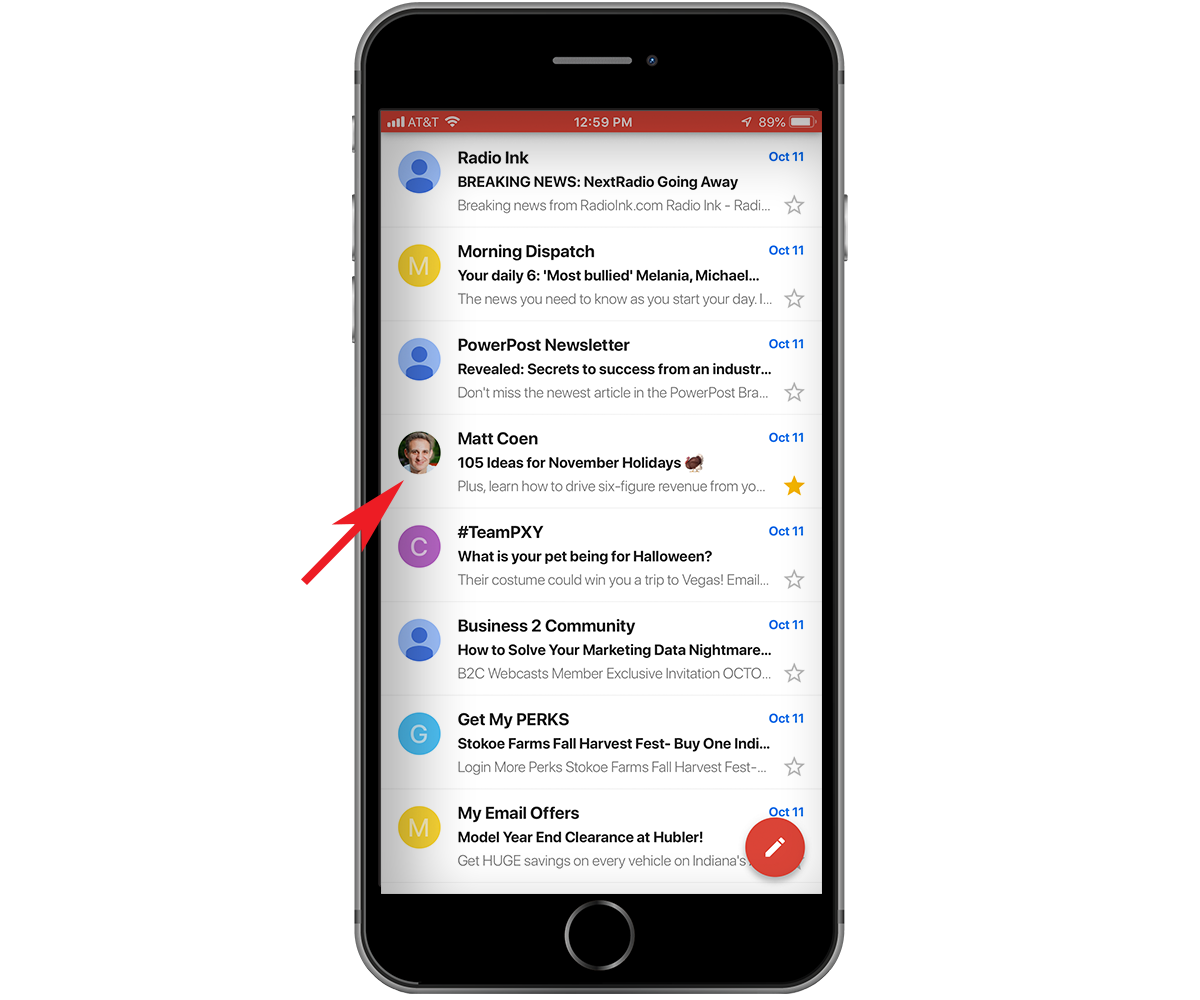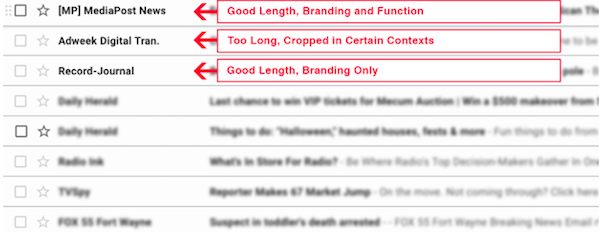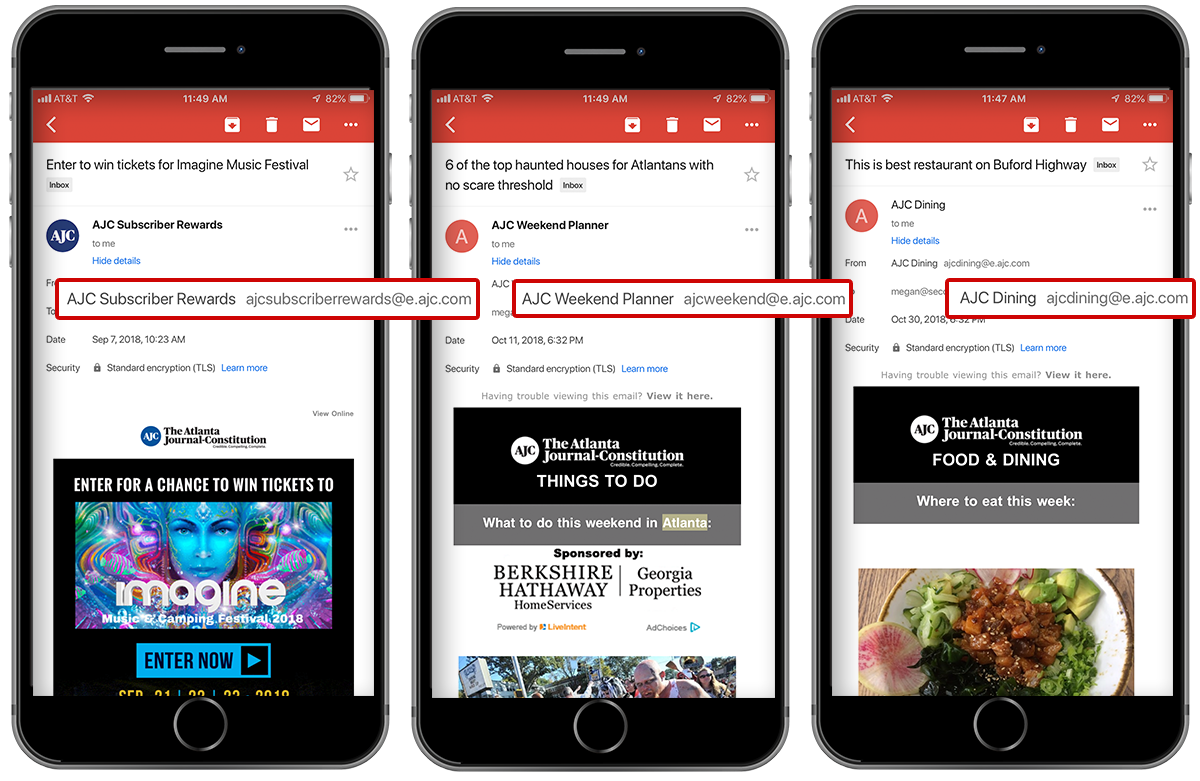All email strategists understand the importance of testing to see what delivers the best results. But the overwhelming majority of tests are focused on subject lines which ignores a more basic and more important factor: your sender name.
The name and email address you use to send emails is often rated as the #1 reason that people open email. This should come as no surprise – people are usually opting in for emails because of brands and subject matter. Trust is a valuable commodity in this permission-based world of email, and the sender name is a primary signal of trust in the inbox.
So how should you construct your from name and address to drive results?
Here’s a few thoughts to keep in mind:
Should you A/B Test your from name and address?
Your sender reputation is tied to your actual email address (sendername@domain.com) not your decorative name (‘Tim D’Avis’). Experiment with A/B Testing your decorative name to see what might drive more opens. You should test your sender name before you move on to subject line testing. However, don’t adjust your email address unless you are experiencing deliverability issues and you need to troubleshoot.
Does it reflect your brand?
Whether you’re a small business or a large corporation, your brand has a personality. Your from name and address should reflect the brand identity you want to express. Are you more institutional or personal? Do you want this specific email to cut against your general reputation with your audience (say you’re a radio station with a new podcast, or a newspaper with a millennial-focused app?)

Does the sending domain match your website?
You want to personalize your from address while still retaining the domain that comes from your brand. This helps your deliverability and the trust with your subscribers. Let’s get into a little email jargon – updating your SPF and DKIM records can take a little help from your tech staff to update, but it’s absolutely worth it.
Is anyone home?
Are your from address and reply-to address actual inboxes monitored by someone? While that’s not their intention, people do respond to email newsletters. And when they do, they’re expecting someone to answer. Using these conversations between senders and recipients is a determining factor for deliverability for Gmail and other email providers. The era of ‘do-not-reply’ addresses is over.

Can your name do more?
Many times your from name can be as simple as using your brand name. However, if you’re looking to improve the efficacy of your name, consider adding in functional words like “Times Journal Breaking News” to take a bit of the load off your subject line. If you’re frequently using the same words in your subject lines (Breaking News, Headlines, Deals), adding these to your from name will free up more of your high value subject line real estate.
Should your name do less?
Just because you have the ability to add a lot of things to your from name doesn’t mean you should. Remember, less is more. From names of more than 40 characters will be cut off in mobile inboxes. And that’s a big audience you shouldn’t ignore – more than half of email opens are now on mobile.

Should your email come from a real person?
Do you want your emails to convey a more personal touch? Consider using a name other than your company’s brand. A radio show host, TV anchor, or popular newspaper columnist may have just as much name recognition and add a bit of personality to your from name than just your brand.
Does your address match the purpose?
Since your reputation as an email sender is tied to your from address (among other things,) it’s a good idea to establish multiple from addresses for different purposes. For instance, your news messages may come from news@yourdomain.com or they might even come directly from your editors, anchors, djs, or reporters. Promotions may come from promos@yourdomain.com and transactional emails can come from billing@yourdomain.com. By establishing the various purposes your organization sends emails, you can build a reputation for each address separately.

The from name is often one of the most important elements for determining whether your audience will open your email. Dedicate time to testing which from names would deliver the best results. And be sure to remember, different email types may warrant different from names – this isn’t a one-size-fits-all decision.






